Win10+ubuntu18.04 dual system installation/big collection
Click on the "blue small letters" above to follow me
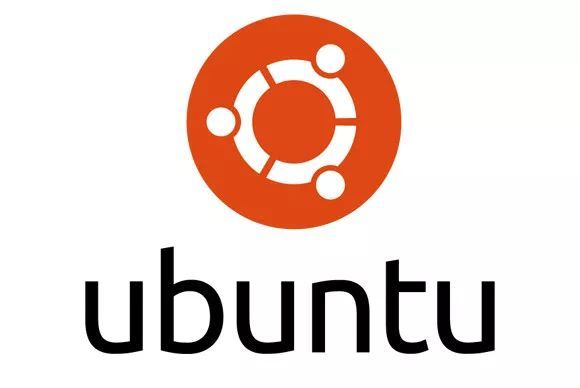
In my freshman year, I followed the CSDN tutorial and clicked on the ubuntu+win10 dual system. I had to work in the dorm for a day in the dark, the computer restarted countless times, and my mood went through a crash. I believe that every student who goes through this process will definitely improve their psychological quality. After that, I helped my classmates settle down once and it went smoothly. But before the winter vacation, the win10 system crashed because I deleted the C drive file, and then the Ubuntu system was overwritten after the system was reinstalled. When I reinstalled it, I thought it would go smoothly, because I was familiar with it, but I didn't rush to press it several times, and it took three days to not get well! So I am anxious. Now that my system is perfectly installed, I must write a tweet to help you clear the obstacles.

The first step is to divide the space for the ubuntu system

When we install the system, we must make room for him. I compressed 100G of space from the mechanical hard disk. If your solid-state hard disk has enough space, it is better to install the system in the solid-state hard disk. Will be much faster than mechanical hard drives. The size does not have to be 100G, but it should not be too small, at least 50G.
How to compress the space? Select my computer with the mouse, right-click and select "Management", open it, and click Disk Management, as shown in the figure below. The red box in the figure selects the disk where my 100G ubuntu is located. You can select a disk, right-click it, and click Compress Volume. After that, the compression page will pop up, compressing 100G.
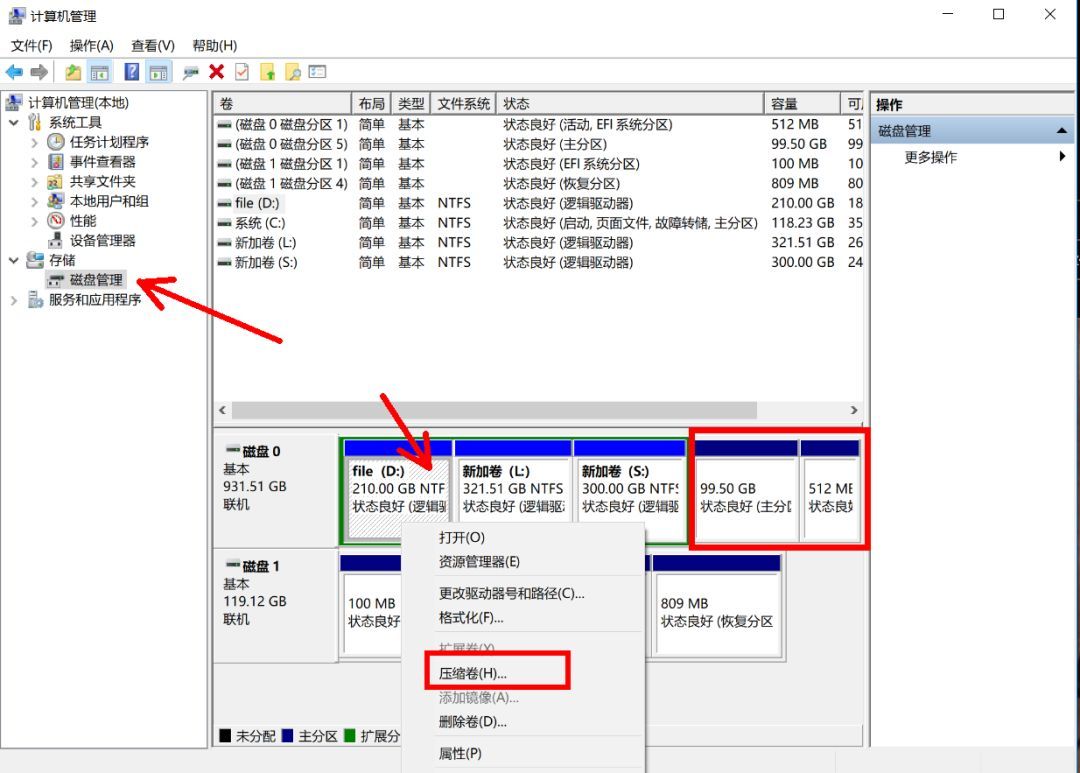
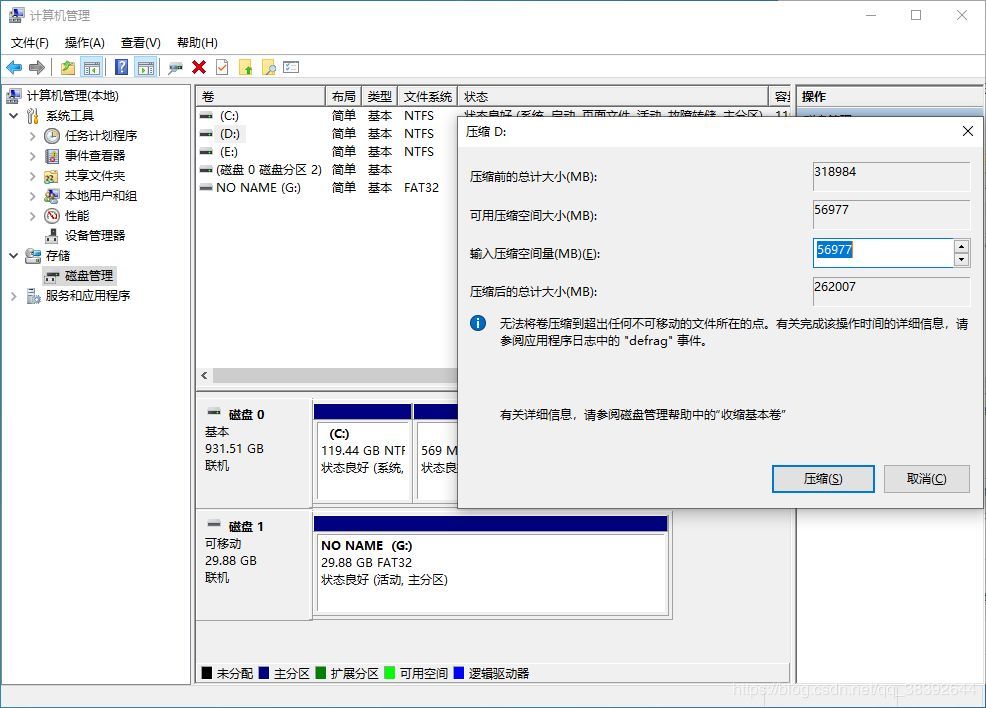
After the compression is complete, mine will turn green, and some computers may display unallocated. But it can be seen that we have 100G of free disk space.

Step 2: Make the system disk

We must make the system disk first when we install the dual system. I use the rufus software, which is simple and easy to use. It is highly recommended. I put this software in the cloud disk link at the end of the article. You can download it from Cloud disk up and down.
Then there is a U disk, 16G size is enough, I use 32G.
Then download the Ubuntu system files, you can go to the official website to download:
https://ubuntu.com/download/desktop
After entering the official website, click the Download tab:
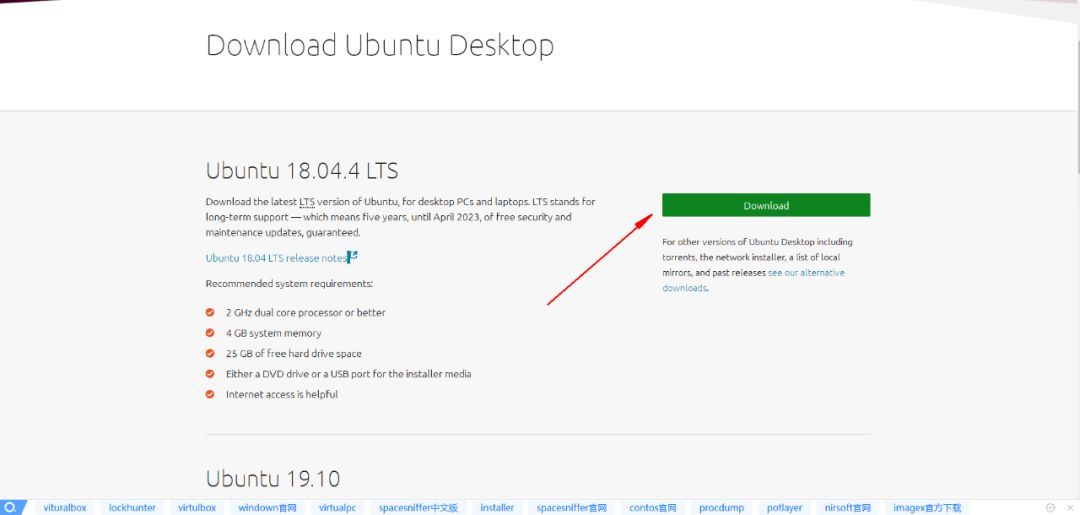
Then it will jump to a page and wait for the download page to pop up.
Of course, you can also go to the Baidu cloud disk link at the end of the article to download the ubuntu18.04 version
After the download is complete, the downloaded system file compression package (note no need to decompress) is written to the U disk with rufus to make a system disk. The rufus interface is as follows:
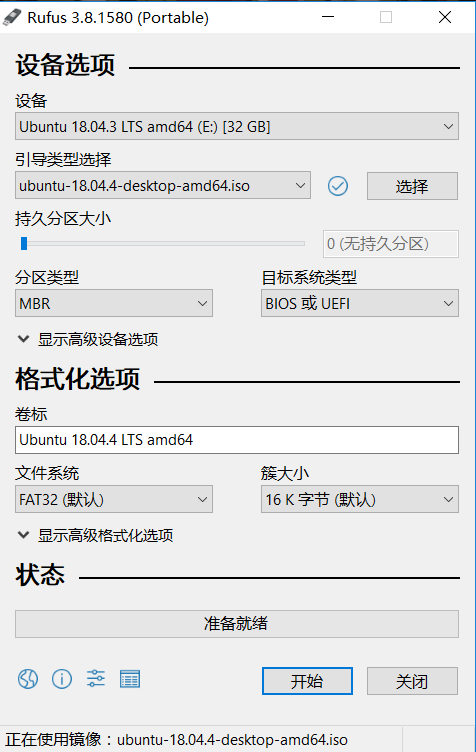
The device is the U disk you plug into your computer. The image file is the compressed package of the ubuntu system file you downloaded. **The partition type is divided into GPT partition and MBR partition. Here you need to combine your computer. , If the type is wrong, the installation will definitely fail. **
How to check the disk partition type? (Actually, you can Baidu by yourself):
- Use "Windows+R" to call up the run dialog. Enter "Diskpart" (not case sensitive)
Call up the window as shown in the figure, and enter the command "list disk" (the command is not case sensitive, please note that there must be spaces), if there is an asterisk under Gpt, it means Gpt partition format, otherwise it is MBR Partition format.
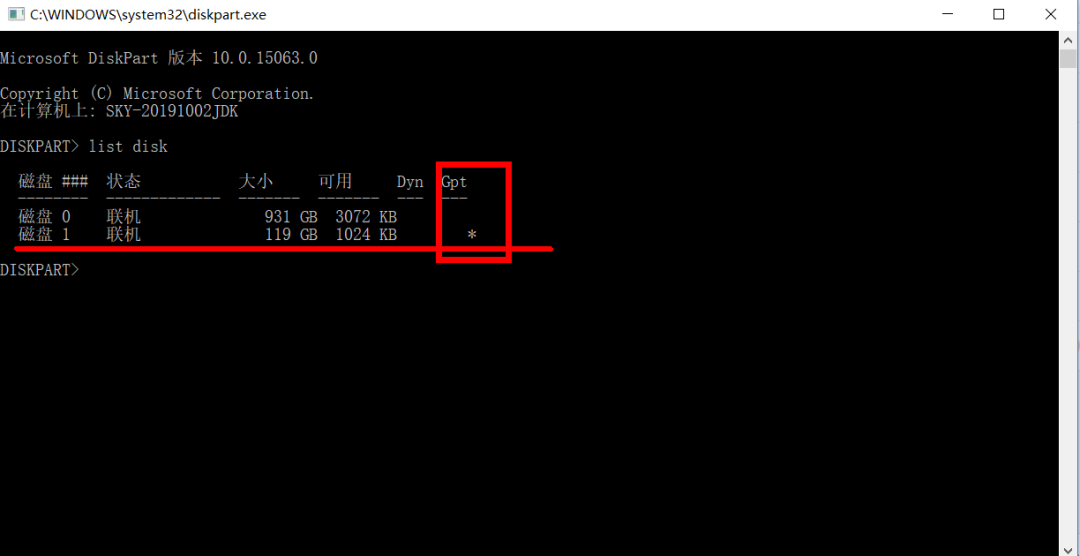
- Enter the disk management, select disk 1, right-click the single machine, as shown below. If the red box is converted to GPT disk, it means it is in MBR format. vice versa.
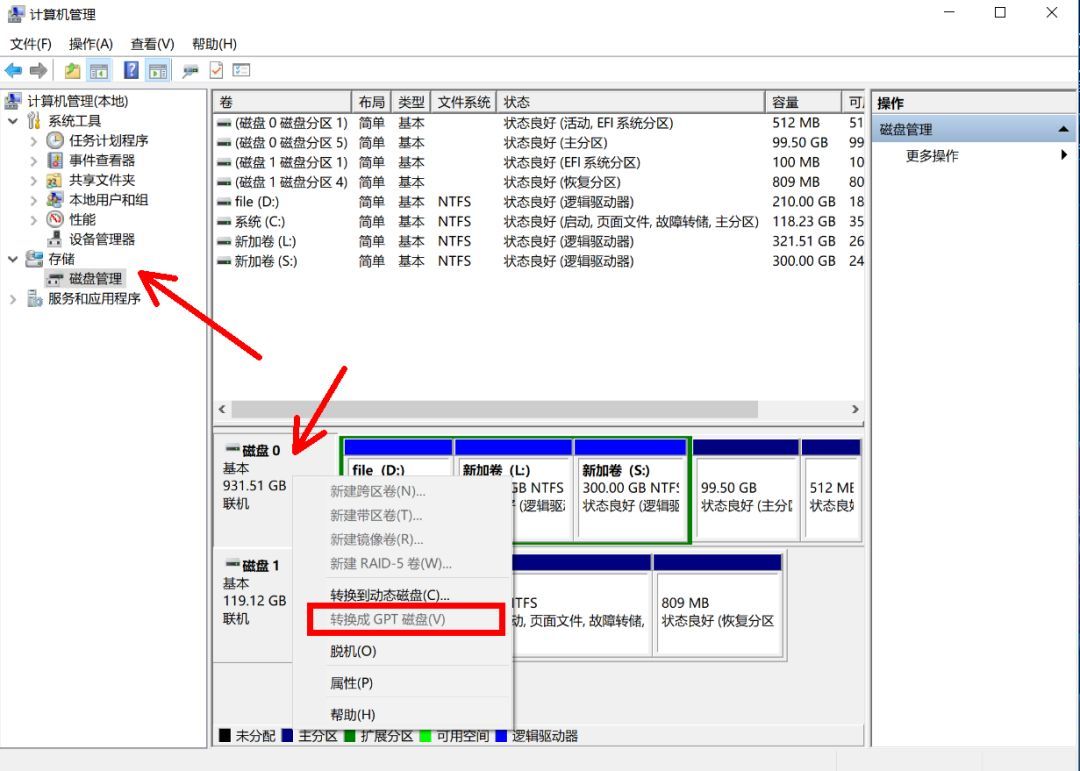
**In addition, you need to select the target system type. Our system boot type is generally UEFI mode, but some of them are Legacy boot mode (this mode is relatively old). **
**How to check the system startup mode? **
View method: win+R key, enter msinfo32, click OK, and view it in the pop-up system information, as shown in the figure.
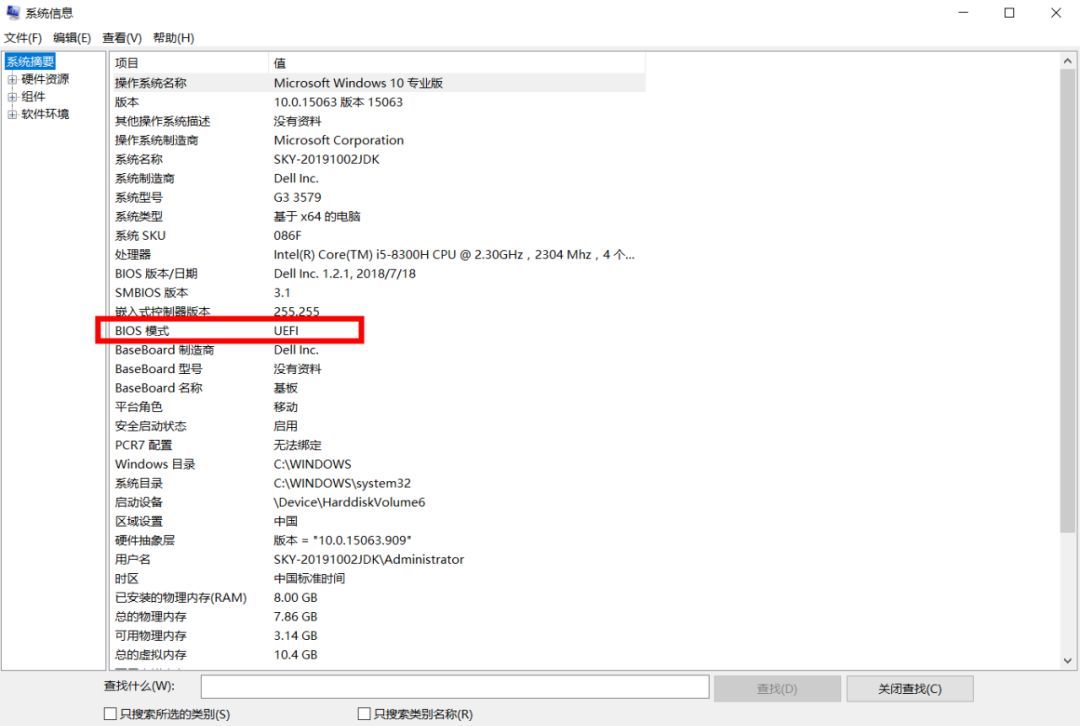
The remaining options are all default, click "start" to write to the U disk.

Step 3: Boot from U Disk

After we have the system disk, we have to plug in the U disk and restart. Then press F12 crazily when you just booted up (my Dell computer uses F12 to enter the BIOS interface), you can Baidu** "computer name + how to enter the BIOS interface"** to check. After entering, you will see several boot systems, select your USB flash drive, similar to the picture below
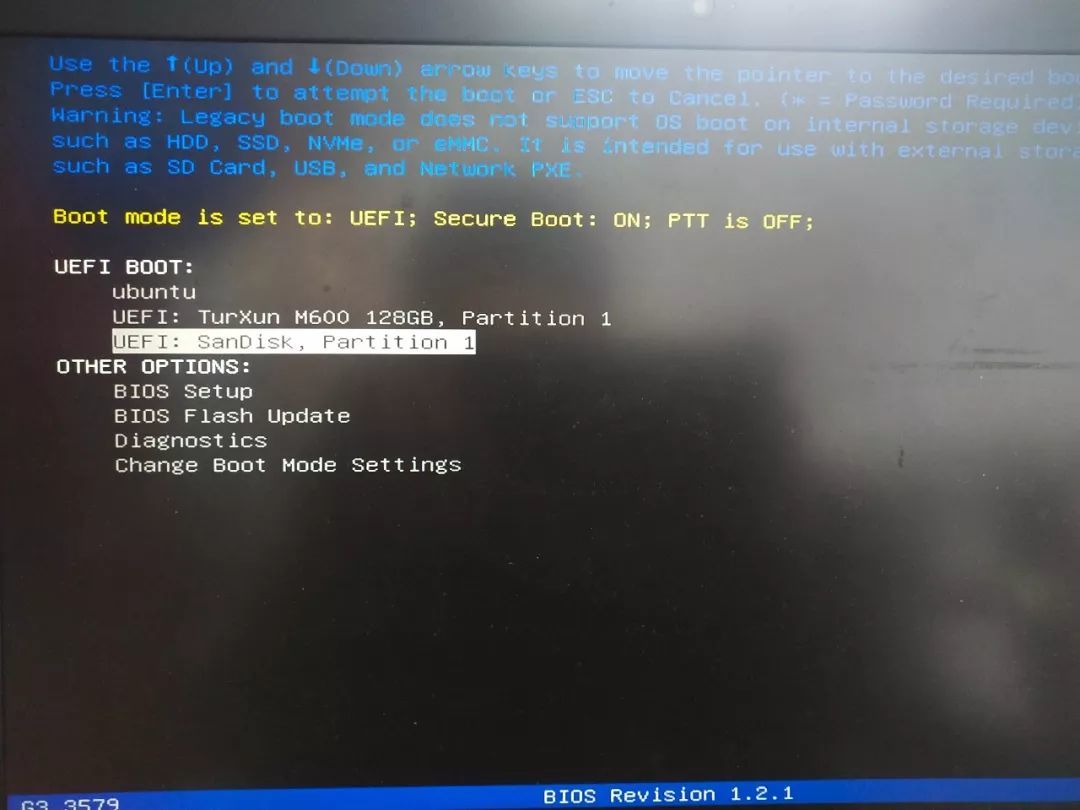
But if you are installing ubuntu for the first time, you may not be able to see the USB flash drive startup item when you plug in the USB flash drive, because the system is forbidden to boot from the USB flash drive by default at the beginning, so you have to Baidu it again **" computer name +How to set up the USB flash drive to start the operation.

Step 4: Enter the official installation interface of the system

After clicking the U disk startup item, you will enter the ubuntu installation interface, click the first item "try ubuntu", and then enter the following interface, click install: (the picture is found online, infringement is deleted immediately)
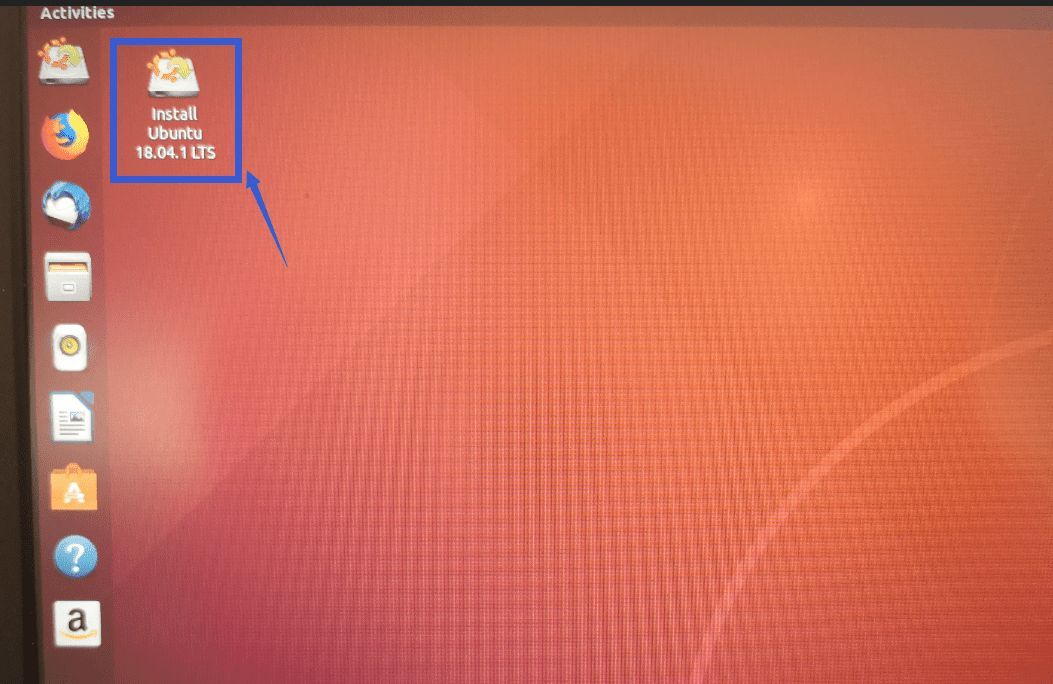
Then enter the installation process:
1 : Select the system language. You can choose English, but I choose Chinese. I thought I could try English to learn English, but this is not the case. Various unknown words will affect your experience, but your English is good Just say another thing.
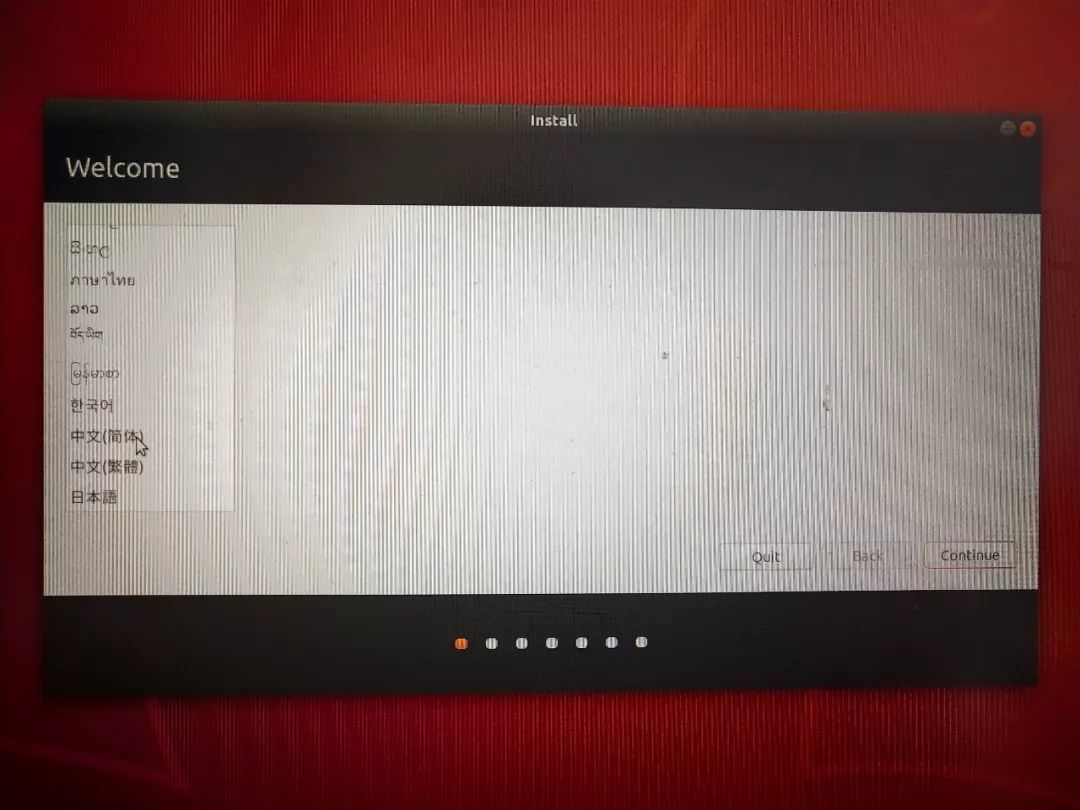
2 : Select the keyboard type, don't need to move it, the next step is fine.
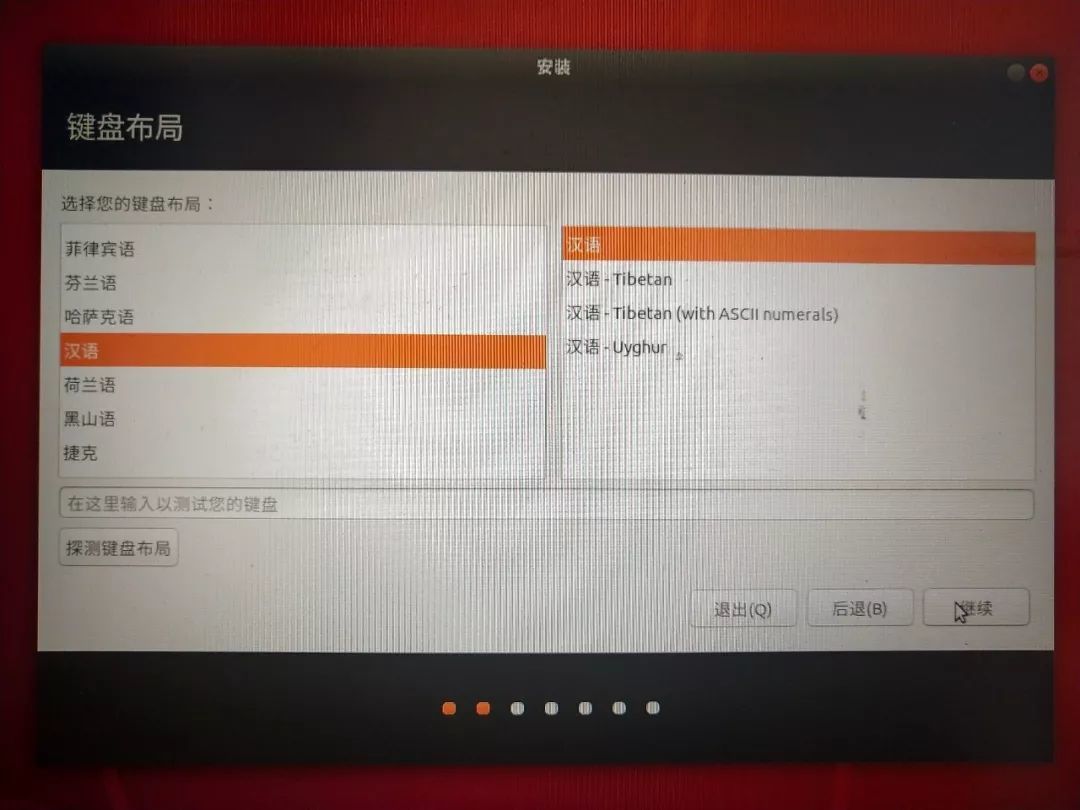
3 : After that, I will connect to the Internet, first.
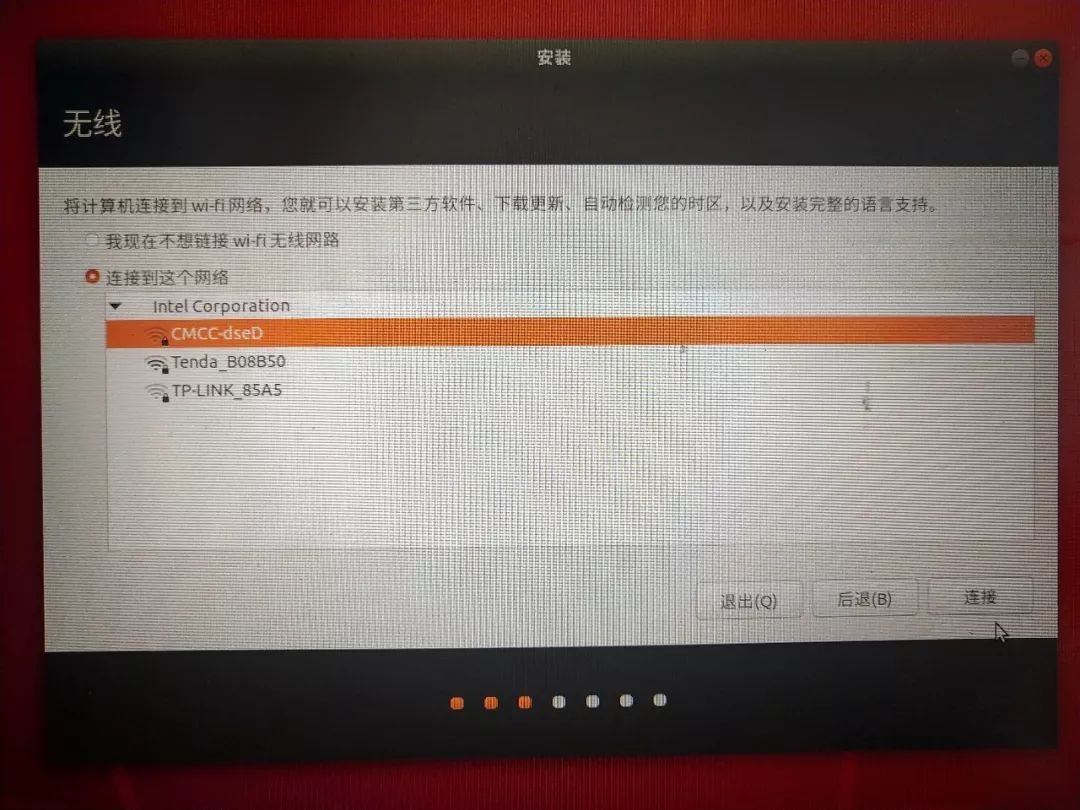
4 : Then let you choose (the picture is found on the Internet), the normal installation (the first item) will be accompanied by some software, the minimum installation is relatively simple, but does not affect the use. Just tick as shown below
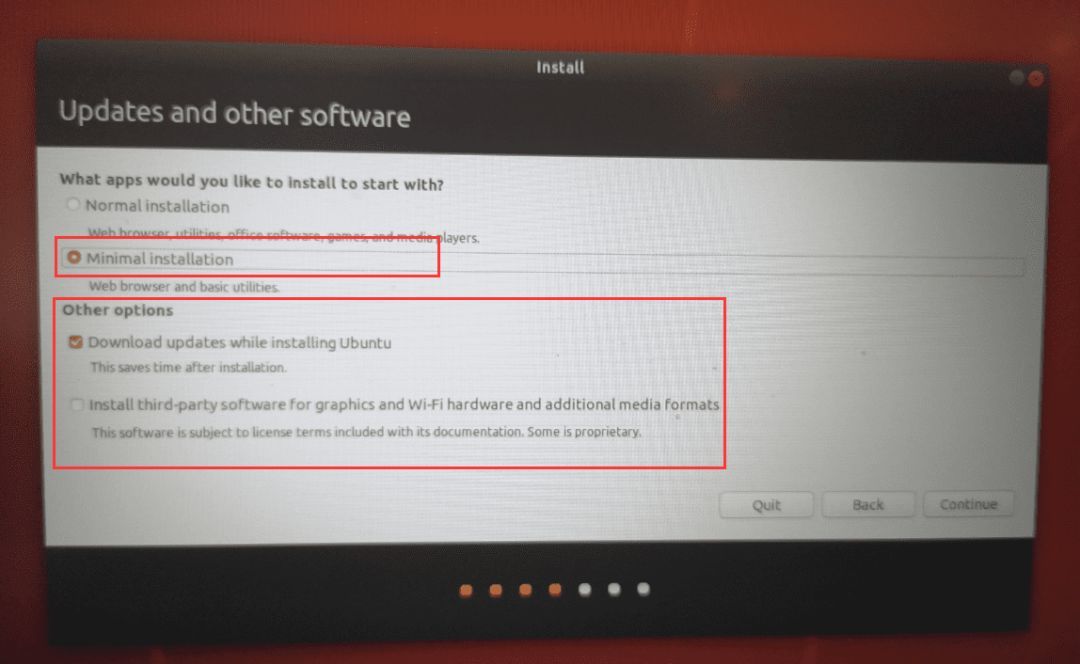
5 : After that is the most important step! First look at the picture below (found online):
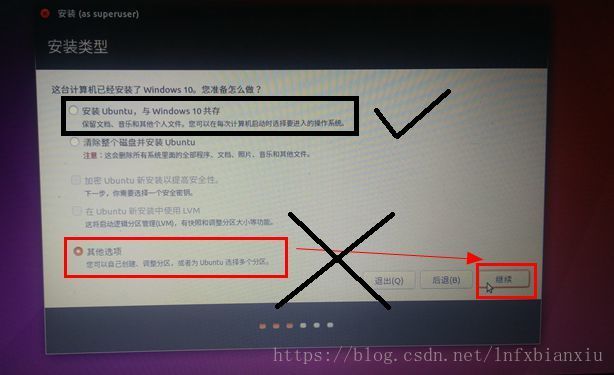
The black mark in the picture is correct, and the red mark is wrong. Explain here.
**Many online tutorials will teach you how to partition, that is, click on the bottom "other options" and then manually partition, but ubuntu18 does not need it at all, it can intelligently use the 100G free space we have previously allocated to install by itself, all we only need Click the top option "install ubuntu and win10 coexistence" option. **
After that, a prompt will pop up. After clicking OK, you can install it.
Then keep the network open, otherwise the installation may fail or various problems may occur, and then just wait.

Summary of various pits

During installation
Question 1: I have been prompted that the grub2 installation failed. Many online tutorials teach how to solve it, but I have tried it and it is not good. You can simply exit the installation interface and return to the win10 system to release the 100G space as free (Delete the volume), and then reinstall it.
Be sure to keep the network open, as networking can solve this problem.
After the installation is complete, restart the computer,
**Question 2: It may be stuck in the ubuntu installation interface and cannot be restarted? **
Simply cut off the power and force a shutdown.
**Question 3: After booting, it still enters win10 automatically (some may enter ubuntu automatically)? **
When booting up, press F12 (different computers are different) to enter the BISO interface and select the boot options by yourself.
**Problem 4: Cannot enter after booting into ubuntu system. Stay on the grub interface? **
As shown below, you can refer to the CSDN blog post:
https://blog.csdn.net/zhouzhiyao960211/article/details/100529225
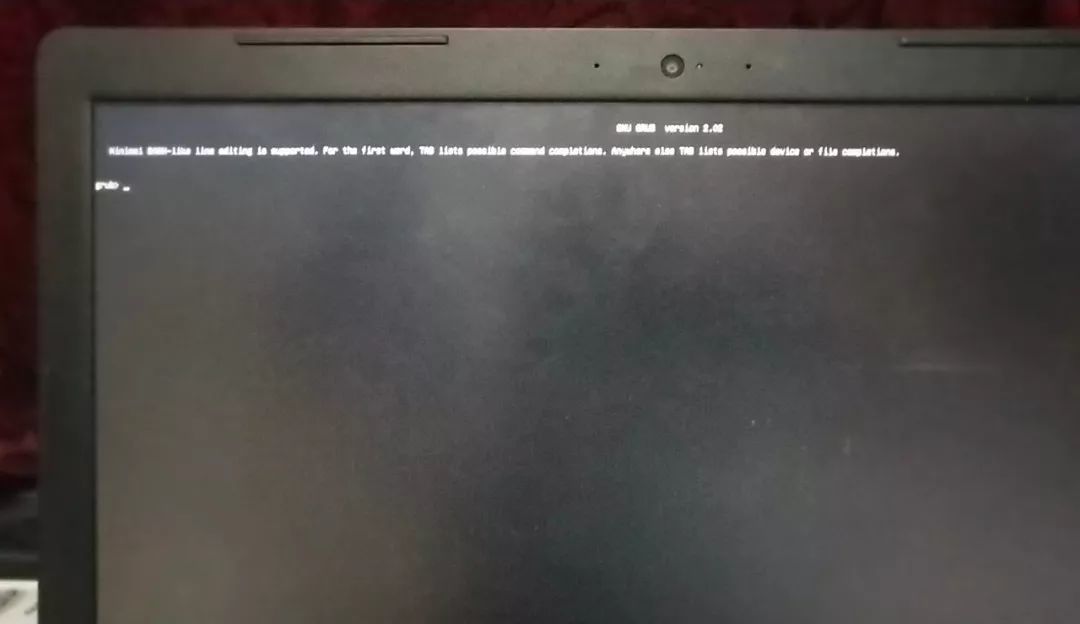
There are many related blog posts on CSDN to solve this problem, but I have not successfully solved it. Or simply uninstall the system and reinstall it to solve it.
Question 5: If you install and delete the previous one, the eif system boot disk may remain on the disk. This cannot be deleted, such as the following figure:
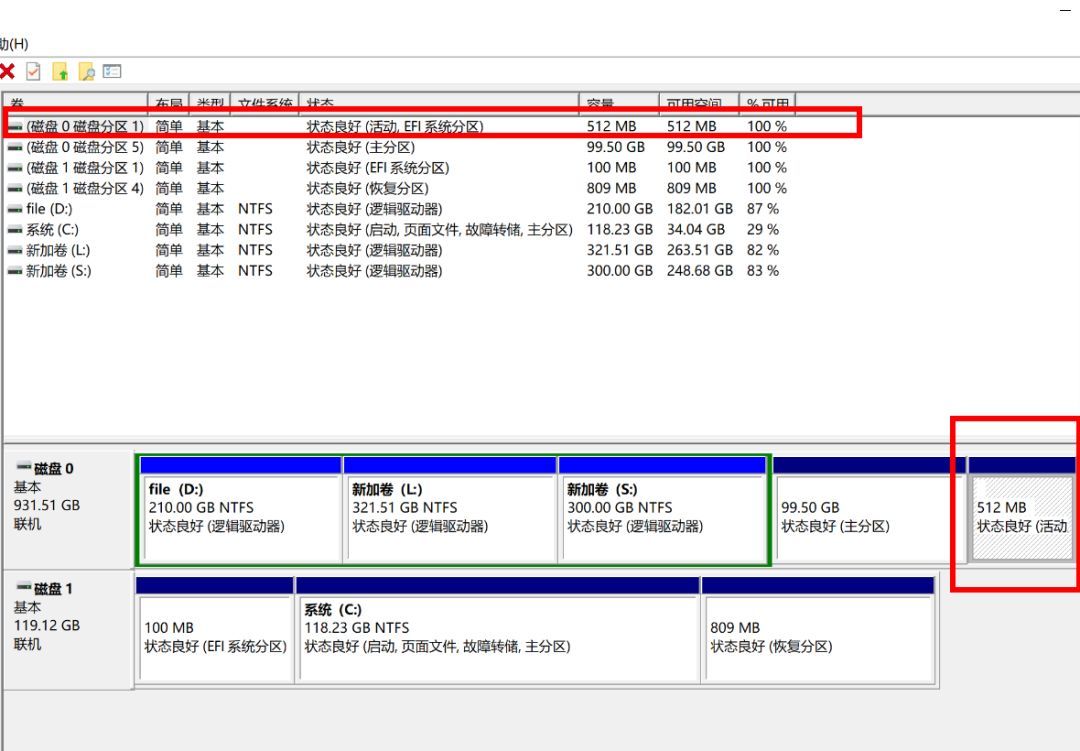
The 512MB of space in the picture is the EFI system partition of my ubuntu system, and the volume cannot be deleted. Most of the online deletion tutorials will clear the entire disk 0, which is very unsafe. Here is a safe method:
Windows10 delete EFI partition(Absolutely safe)
https://blog.csdn.net/sinat_29957455/article/details/88726797
Question 6: How to solve dual system time confusion
Solve windows10 and ubuntu16.04The problem of wrong Windows time when switching between dual systems
https://blog.csdn.net/DragonGirI/article/details/90167053
Question seven: ubuntu change source/a simple and reliable method
Ubuntu change source problem
https://blog.csdn.net/weixin_44386661/article/details/95919263
Okay, that’s it. Some csdn blog posts that I read during the installation of dual systems are listed below. They are not all correct. This article is a summary of my many hardships. It’s no problem at all. Remember to bookmark it. Convenient for future reference~
Reference link:
https://blog.csdn.net/weixin_42553570/article/details/103158243?ops_request_misc=%7B%22request_id%22%3A%22158195098819725247652409%22%2C%22scm%22%3A%2220140713.130056874..%22%7D&request_id=158195098819725247652409&biz_id=0&utm_source=distribute.pc_search_result.none-taskhttps://blog.csdn.net/qq_38962621/article/details/87390603https://blog.csdn.net/qq_42606750/article/details/88608796https://blog.csdn.net/qq_38392644/article/details/99714520https://blog.csdn.net/xrinosvip/article/details/80428133https://blog.csdn.net/lnfxbianxiu/article/details/80394284
Cloud Disk Link:
Link: https://pan.baidu.com/s/1QBV7pG_nvrgp4Ez6VruMzQ
Extraction code: lsvb
Your forwarding and sharing is the greatest support